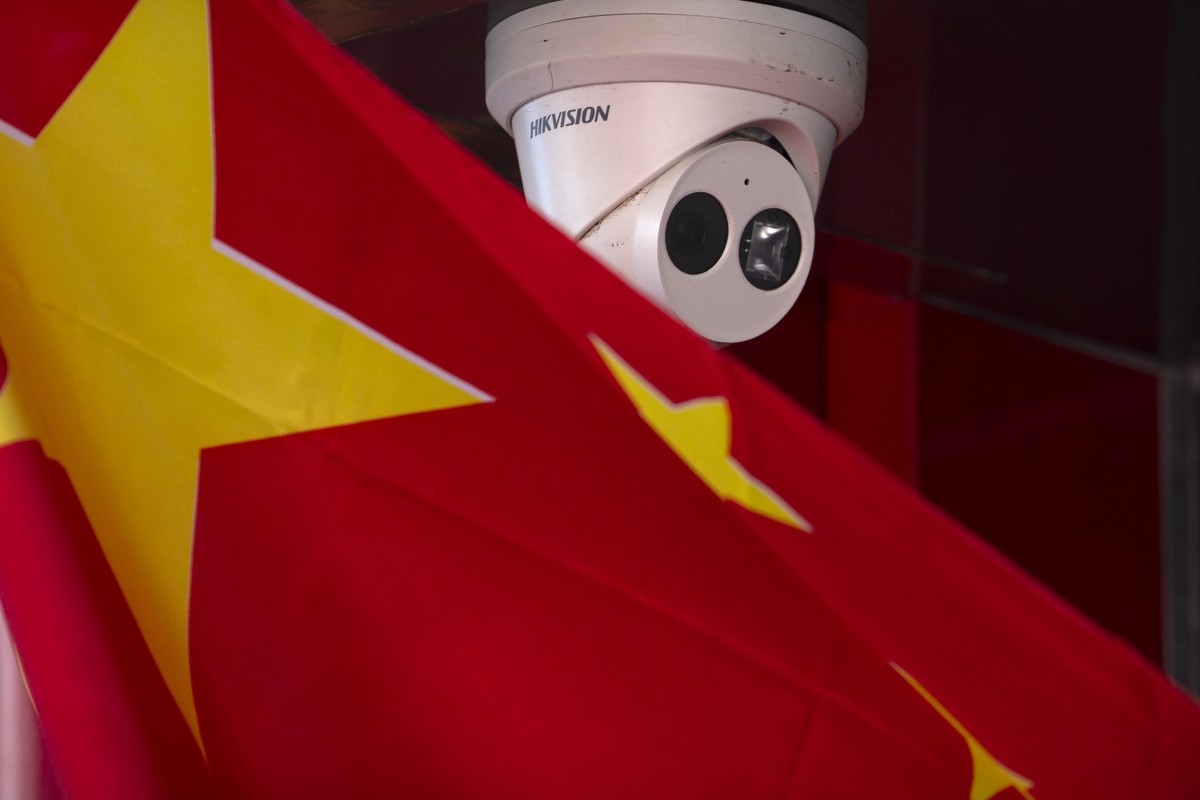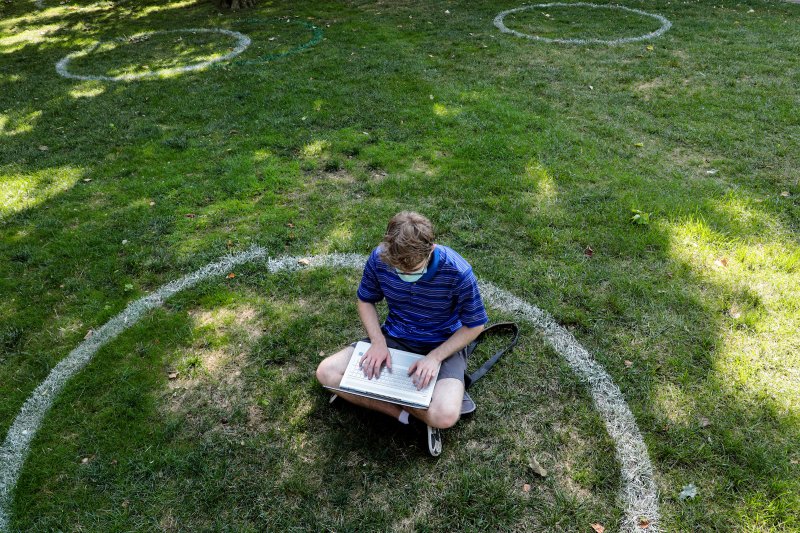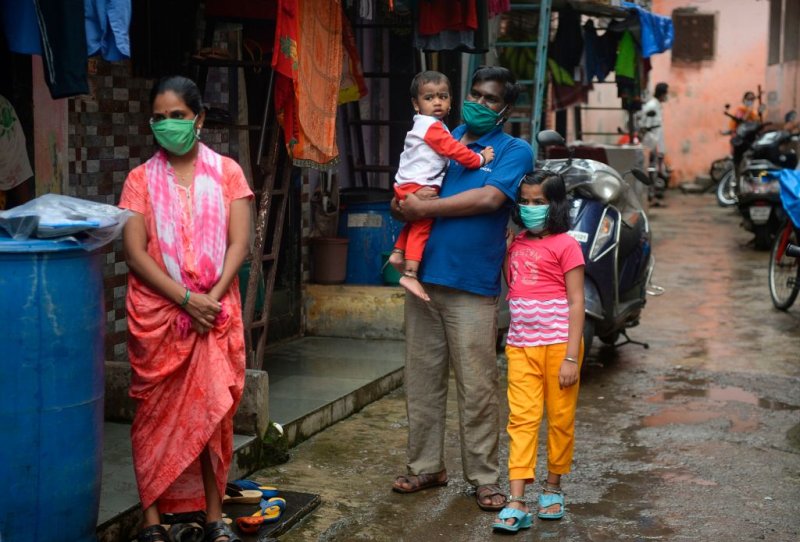'It's a Race to the Bottom.' The Coronavirus is Cutting Into Gig Worker Incomes as the Newly Jobless Flood Apps Hustlers are launching bots that use algorithms to grab jobs before humans can and then charge potential workers to use these bots, says Matthew Telles, a longtime Instacart shopper who has been outspoken about the platform’s flaws. The so-called “grabber bots” take a bunch of jobs as soon as they come out, which means only people who have the bots installed can find work. Instacart shoppers pay a fee to use the bots, which are also a problem on services like Amazon Flex. ........... The World Bank estimates that COVID-19 will cause the first increase in global poverty since 1998. ....... “It is a lot of supply but not a lot of demand.” ........ Sites like Upwork and Fiverr say the demand is still there. Adam Ozimek, the chief economist at Upwork, says that a third of Fortune 500 companies now use the platform, and that client spending has been stable since the pandemic hit. ......... Arguably, companies could save money and balance their budgets by hiring overseas marketers or coders willing to work for less money and no benefits. Nearly half of the world is now connected to the Internet, up from just 15% in 2007. .......... Fiverr hit all-time daily revenue records four times in April, CEO Micha Kaufman said. ........... Just as manufacturing shifted overseas for cheaper labor and as gig economy apps drove down wages for taxi and delivery drivers, the pandemic has hastened the gig-ification of white-collar jobs.

A New Study Suggests COVID-19 Reinfection Is Possible. Here's What to Know it’s possible to get COVID-19 twice—but experts say the news is not as concerning as that headline may seem. ......... the Hong Kong patient was infected by two different strains of SARS-CoV-2, which suggests he indeed got sick twice. ........... the man’s first infection likely protected him enough that he did not develop symptoms during his second infection. There’s no guarantee all patients’ immune systems will react that way
“SAY 12 MORE YEARS”: AT THE RNC, TRUMP’S AUTHORITARIAN “JOKE” SLIPS CLOSER TO REALITY The media shrugs, yet again, as Trump makes extremist comments. It’s just a “provocation”—until it isn’t.
They tried to get Trump to care about right-wing terrorism. He ignored them. Officials at the Department of Homeland Security waged a yearslong internal struggle to get the White House to pay attention to the threat of violent domestic extremists. Frustrated, they gave up on the Trump administration.
CDC Details COVID-19's Massive Mental Health Impact — Young adults, people of color, essential workers, and adult caregivers particularly affected ...... Nearly 11% of American adults seriously considered suicide this June ........ Among 5,470 people surveyed in the last week of June, 30.9% reported symptoms of an anxiety or a depressive disorder, 25.3% reported a traumatic or stressor-related disorder (TSRD), and 13.3% said they were using substances to cope with the pandemic's stressors .......... the risk for suicidal ideation was elevated among respondents between ages 18 and 25 (25.5%), Hispanic respondents (18.6%), Black respondents (15.1%), unpaid adult caregivers (30.7%), and essential workers (21.7%). .......... interventions to reduce these numbers should target financial strain, racial discrimination, social connectedness, and community supports for patients considering suicide. ............ social isolation associated with social distancing, along with soaring unemployment rates, could further accelerate the national suicide crisis. ........... 40.9% reported having at least one mental or behavioral health condition. .......... Compared with CDC data from the second quarter of 2019, adults in this survey reported three times the rate of anxiety symptoms (25.5% vs 8.1%) and four times the rate of depression symptoms (24.3% vs 6.5%)

With Coronavirus Cases Surging, Europe Braces for New Phase in Pandemic Despite rules on masks and distancing, fears are growing that the end of the summer travel season will bring a wave of infections. ........ in recent days France, Germany and Italy have experienced their highest daily case counts since the spring, and Spain finds itself in the midst of a major outbreak. ............ The increase in cases in Europe, as in many other parts of the world, is being driven by young people. The proportion of people age 15 to 24 who are infected in Europe has risen from around 4.5 percent to 15 percent in the last five months ......... “Low risk does not mean no risk,” he said. “No one is invincible, and if you do not die from Covid, it may stick to your body like a tornado with a long tail.” ....... A growing number of French cities have made mask wearing mandatory in crowded streets and markets, and on Thursday the southern cities of Nice and Toulouse became the first to extend the rule to all outdoor areas. .......... Nearly 40 percent of recent new infections in Germany have been brought back by returning vacationers ....... This month, tens of thousands of people in Berlin took part in demonstrations against coronavirus restrictions.

Fearing a ‘Twindemic,’ Health Experts Push Urgently for Flu Shots There’s no vaccine for Covid-19, but there’s one for influenza. With the season’s first doses now shipping, officials are struggling over how to get people to take it. ....... As public health officials look to fall and winter, the specter of a new surge of Covid-19 gives them chills. But there is a scenario they dread even more: a severe flu season, resulting in a “twindemic.” ......... Flu can leave patients vulnerable to a harsher attack of Covid-19, doctors believe, and that coming down with both viruses at once could be disastrous. ........... how to prompt people to get a shot that a majority of Americans have typically distrusted, dismissed and skipped. .......... In the 2018-19 flu season in the United States, only 45.3 percent of adults over 18 got the vaccine, with rates for those ages 18 to 50 considerably lower. ............ should a vaccinated person contract the flu, the severity will almost certainly be reduced, hospitalization rarely necessary ....... “People who say ‘I’ll never get it because it gives me the flu’ have not had the flu and don’t know what it is” ......... flu vaccine compliance rates among people ages 18 to 49 are low. Vermont’s, for example, is only about 27 percent.
5/8/23 Update: Goshen (NY) puts Third World corruption to shame, thanks to greedy, corrupt, unethical lawyers like Andra Dumais. ..... I toppled a Third World dictator and German Radio called me Robin Hood On The Internet. I am not going to get intimidated by some small-town racist. Andrea Dumais is a small-town racist. ....... You are treating me worse than the people 2,000 years ago.


